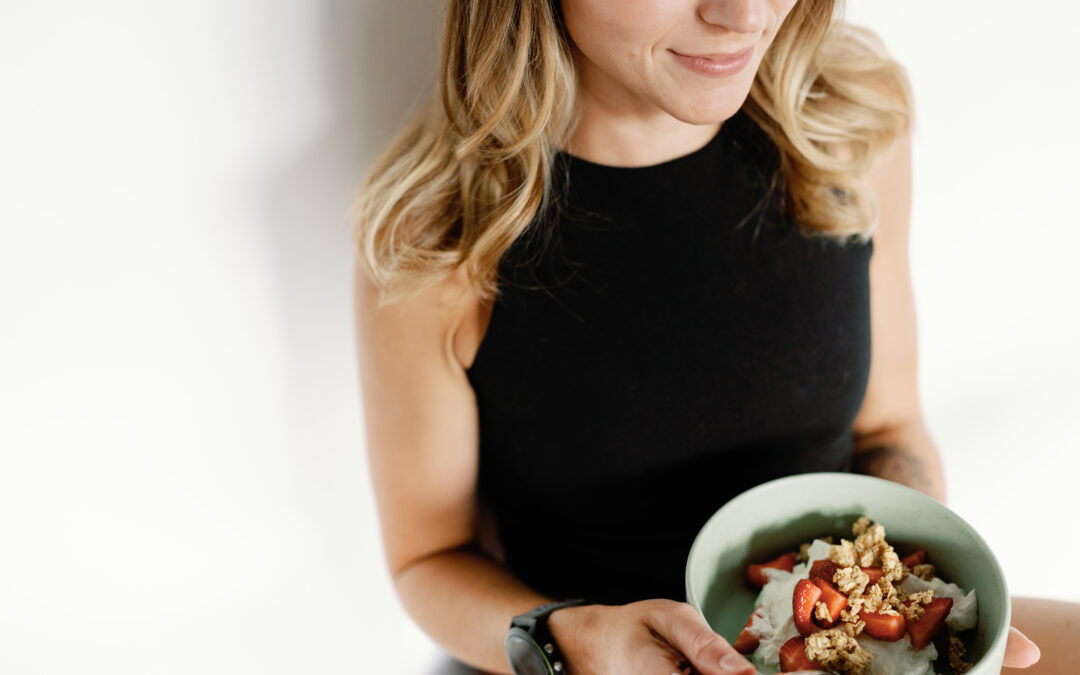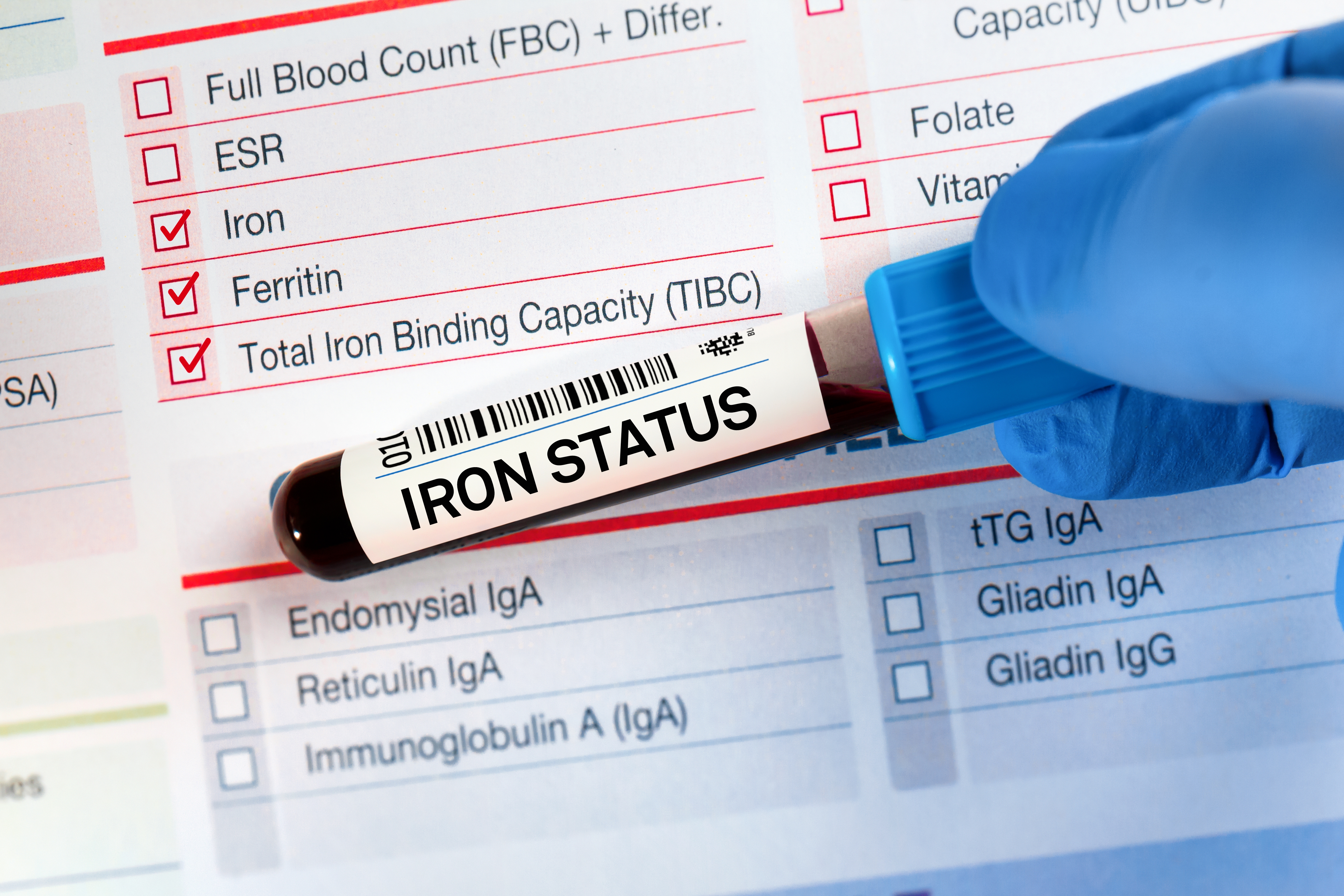Are you an athlete who never knows what they should be eating in the off-season? You’re not alone, and we hear you!
We recently sent a survey out to our BeFueled Fam, asking what topics y’all are looking for information on the most. One of our biggest topics that was selected was everyday nutrition for athletes and active people.
In today’s blog, we’ll cover the steps for fueling when you’re on break, for whatever reason. We hope you leave feeling confident in your food choices and ready to tackle your off-season nutrition.
Interested in learning how to intuitively eat throughout your time off of training? Our blog, Is Intuitive Eating Right for Athletes? will teach you everything you need to get started.
Everyday Nutrition For Athletes + Active People
While everyday nutrition seems pretty straightforward, it’s often one of the more confounding areas of nutrition.
Why is that? Well, when you are training or in-season, the parameters are clear. You know when you’re training or practicing and you know when you’re competing.
And, to some degree, these concrete scheduling blocks provide a framework for considering your nutrition. You know that your performance is directly related to your fueling.
So, when and what you eat are very much at the front of mind when you’re in season.
What Should I Eat as an Off Season Athlete?
When you don’t have the scaffolding of training plans and competitions to build your nutrition plans around, you may feel that you are clueless at best, or spiraling at worst.
That’s why we wanted to focus the blog on that everyday nutrition. We’ll cover the basics that will always be there for you, no matter if you’re training or not.
While everyday nutrition can be a broad topic, it becomes simplified when you focus on a few key things. And, if you’ve been with us for a while, you know what we are about to say.
Eat a variety of foods in all the colors of the rainbow and choose foods that ACTUALLY taste good and appeal to you. In addition, utilize performance plates to support balanced macronutrients. These are the core tenets of everyday nutrition.
Additionally, when you’re not training specifically for anything, nutrition is about making sure you’re eating ENOUGH. This means you’re still having those snacks, eating meals, and hydrating well.
So let’s break it down.
Step 1: Ask Yourself “What Sounds Good?”
When we work with athletes who are hitting a wall in meal planning, this simple question of “what sounds good to eat?” is like a cheat code for making meal prep and fueling simpler.
When you like and want to eat what you’re making, it’s easier to prep and more appealing to consume your prepared meals.
Actually enjoying your food isn’t a revolutionary concept. However, for many athletes, it’s easy to feel like if you’re taking a break, you should be eating more “bro meals”.
You know what we mean … chicken, broccoli, rice and repeat.
In reality, this manner of thinking about food is actually a pretty all or nothing mentality. It isn’t healthy and is definitely holding you back from enjoying nutrition.
Step 2: Macros + Micronutrients
Once you’ve decided what sounds good to you, the next key piece to everyday nutrition is making sure you’re hitting those macro and micronutrients.
Tracking macros is a hot topic in nutrition, and we recently hosted this amazing masterclass breaking down whether or not macro tracking is for you.
For some, this is a great way to get a handle on your nutrition and gain insight into your habits. But for others, tracking can feel a bit restrictive.
The good news is that whether you track or not, it’s easy to make sure that you’re getting the nutrients you need by simply focusing on your plate in two ways.
1. Colorful plates: First, colorful plates are always the best choice! By color, we mean a variety of fruits and vegetables, which will help you hit those micros and get your vitamins and minerals from whole food sources.
2. Divide your plate: Use your plate to set you up for everyday nutrition success. We love a performance plate because it’s a simple way to balance your meals whatever season you’re in. Everyday nutrition to sustain an active person who isn’t currently training is a plate that looks like this:

The rest day training plate may be right for you when you aren’t doing any dedicated training, but rather are doing those casual walks and a lower level of activity intensity.
The first half of your plate should be full of all that gorgeous color we talked about earlier. The second half should be divided evenly between carbohydrates, proteins, and a splash of dietary fat (dressings, cooking in olive or avocado oil, etc.).
Have you ever wondered if you should be taking any supplements as an athlete? Read our other blog to see if a supplement is right for you.
Everyday Nutrition for Moderately Active Individuals
If you have a more active everyday life, chasing around your kids or your job is very physically demanding, but you’re still not necessarily hitting the training, a moderate intensity plate may also be a good choice for you.
This plate is one where you divide your plate evenly into thirds, with color, protein and carbs occupying equal space on the plate, with that splash of dietary fat.

Most Importantly, Be Gentle With Yourself
Finally, it’s important to keep in mind that when you aren’t participating in training and there’s no finish line in the immediate future, be gentle with yourself!
This is not the time to start cutting back on your foods, and it’s definitely not the time to start assigning moral value to the food on your plate!
There’s no such thing as good foods or bad foods (unless they’re expired, in which case, toss that shit! THAT is a bad food!).
Everyday nutrition should feel easy when you’re coming from a place of balance, with your plate and with your mindset.
Downtime nutrition is an opportunity to work on the mental game. Get your prep down to a quick and easy science, and actually enjoy the things you eat. Know that you’re building a base for whenever you decide to get back out there- well fueled and ready to rock!
Everyday Nutrition: Key Points
When you’re in the off-season, or taking a break as an athlete, nutrition is more important than ever. We hope you feel confident and have key steps to make sure you’re fueling properly after reading our blog.
Here are some key points we want you to remember:
1. Make sure you enjoy what you’re eating
2. Add color to your plate to get your micronutrients
3. Use a performance plate to get the right balance of macronutrients
4. Be gentle with yourself
Remember, as an athlete you are a HUMAN first. Be kind with yourself and search for foods that you truly enjoy eating.
If you’re looking for more support with nutrition, our monthly membership, Fuel for More Society, might be the perfect fit for you! We’re an exclusive community where people come together to support their mindset, health, and performance.






